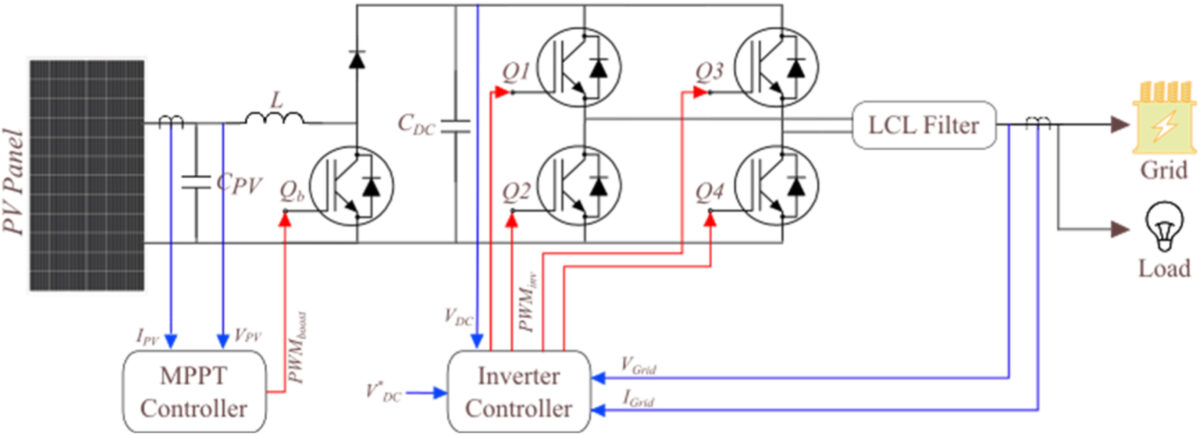Scientists at Belgium's Hasselt University have discovered that climate-based solar module degradation rates could have a significant impact on power electronics in PV systems.
In the study “Assessing the impact of PV panel climate-based degradation rates on inverter reliability in grid-connected solar energy systems,” which was recently published in Heliyon, the academics warned that using similar climate-based degradation rates for PV systems in all climate zones worldwide represents an “unrealistic approximation” that can lead to misleading results. “This can result in the over- or underestimation of PV lifetime and subsequently impact the power electronics reliability estimations,” they added.
The research group evaluated the panel degradation rates based on climatic stresses in three distinct geographical locations: Genk in Belgium, Accra in Ghana, and Kabd in Kuwait. These locations represent moderate, hot and humid, and hot and dry climates, respectively.
It used a physics-based approach that considered meteorological data such as ambient temperature, irradiance, wind speed, and direction, as well as material properties like optical, thermal, and electrical constants, and thicknesses of each layer in the module. It also took into account panel parameters such as temperature coefficients, external quantum efficiency, and interconnect layout.
The researchers explained that insulated-gate bipolar transistors (IGBTs), which are the switching devices in the PV inverter, are extremely sensitive to high temperatures and, without proper management, can lead to failures or reduced lifespan.
“Every time that an IGBT is turned on, there will be power losses generated inside the material layers, and these power losses can generate heat inside the IGBT,” they explained. “Consequently, each activation induces a thermal cycle attributed to these power losses.”
Popular content
The team analyzed the potential degradation rates in a standard 4 kW PV system including a DC-DC boost converter and a single-phase inverter using four IGBTs with a voltage rating of 700 V and a current rating of 40 A. It considered a scenario without solar module intrinsic degradation rate and a scenario taking into account intrinsic PV degradation rate.
Through a series of simulations, the researchers found that the inverter in the PV system located in Kabd has a much shorter lifespan than inverters located in Genk and Accra.
“The PV inverter in Kabd experiences substantial thermal stresses without the effects of PV degradation, and the IGBT may fail in just 5 years, leading to PV inverter failure in just 3.8 years,” they stressed. “With the introduction of linear PV degradation, the PV inverter's lifespan in Kabd will increase to 5.8 years, but still falls short of the other two locations. The physics-based PV degradation model will raise Kabd's lifespan to around 6.5 years.”
The group concluded that deploying PV systems in hot and arid climates could require different parameters for inverter design. “These results demonstrate the importance of incorporating various factors and parameters when assessing the reliability of a PV inverter and its switching device,” it stated.
This content is protected by copyright and may not be reused. If you want to cooperate with us and would like to reuse some of our content, please contact: editors@pv-magazine.com.



2 comments
By submitting this form you agree to pv magazine using your data for the purposes of publishing your comment.
Your personal data will only be disclosed or otherwise transmitted to third parties for the purposes of spam filtering or if this is necessary for technical maintenance of the website. Any other transfer to third parties will not take place unless this is justified on the basis of applicable data protection regulations or if pv magazine is legally obliged to do so.
You may revoke this consent at any time with effect for the future, in which case your personal data will be deleted immediately. Otherwise, your data will be deleted if pv magazine has processed your request or the purpose of data storage is fulfilled.
Further information on data privacy can be found in our Data Protection Policy.